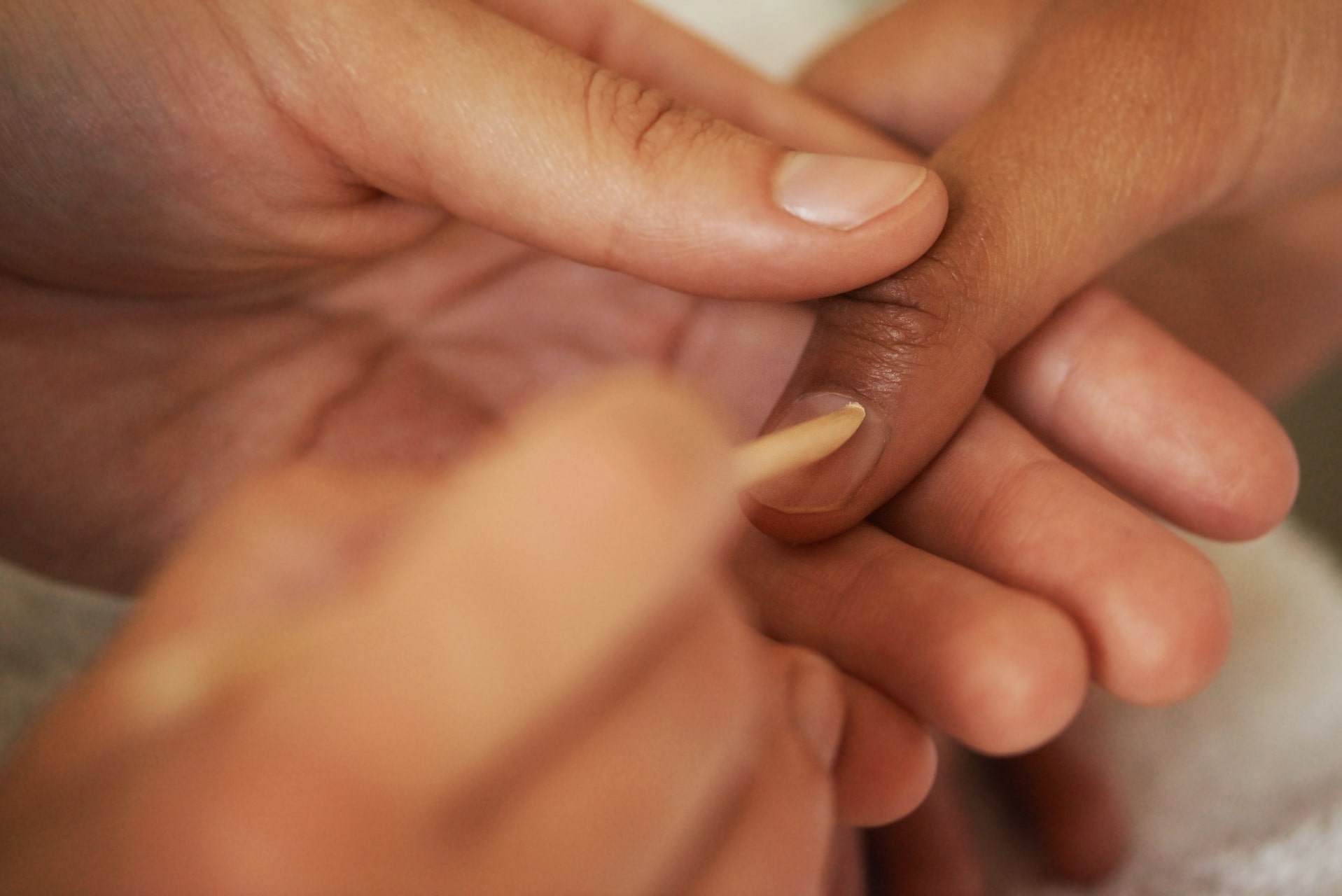Contact dermatitis is a common skin condition that can occur when the skin comes into direct contact with certain allergens or irritants. In the world of nail care, this can be particularly concerning because both nail technicians and clients are often exposed to a wide range of chemicals found in nail products. Whether you’re applying polish, gel extensions, or acrylic nails, it’s important to be aware of the potential risks of contact dermatitis and how it can affect your overall nail and hand health.
What Is Contact Dermatitis?
Contact dermatitis is an inflammatory reaction that happens when the skin is irritated or allergic to a substance it touches. There are two main types of contact dermatitis:
- Irritant Contact Dermatitis: This occurs when your skin comes into contact with a harsh substance, like nail glue, acetone, or polish remover, leading to irritation.
- Allergic Contact Dermatitis: This occurs when your body develops an allergic reaction to a specific ingredient, such as chemicals found in nail polish, UV gels, or acrylic monomers.
The symptoms can include redness, itching, swelling, blisters, or even peeling skin around the nails, fingers, or hands. In severe cases, the nails themselves may become discolored, weak, or damaged.
Common Causes of Contact Dermatitis in Nail Care
The use of various nail products can trigger contact dermatitis, especially if you have sensitive skin. Some of the most common causes in nail care include:
- Acrylic nails and glue: The chemicals used in acrylic monomers and adhesives can irritate the skin.
- Gel polishes: Many gel polishes contain chemicals like formaldehyde or toluene, which can cause allergic reactions.
- Nail polish removers: Acetone, a common ingredient in removers, can dry out and irritate the skin.
- Cuticle removers: These often contain harsh ingredients that may inflame sensitive skin.
- UV lamps: The light used to cure gel polish can also cause sensitivity in some individuals.
How Contact Dermatitis Affects Nail and Hand Health
Frequent exposure to allergens or irritants can not only cause discomfort but can also have long-term effects on your nails and skin. Prolonged irritation can weaken the skin barrier, making your hands more susceptible to infections and further allergic reactions. Additionally, the nails themselves may suffer from peeling, cracking, or discoloration if the skin beneath and around the nails becomes too inflamed or damaged.
For nail technicians, regular exposure to these chemicals without proper protection can lead to chronic issues that may affect their ability to work. For clients, contact dermatitis can make it difficult to enjoy nail services and maintain healthy hands.
Preventing Contact Dermatitis in Nail Care
To prevent contact dermatitis, it’s important to take protective measures whether you’re a nail tech or someone who loves getting their nails done:
- Use gloves: Nail techs should wear nitrile gloves when handling nail products to avoid direct skin contact with chemicals.
- Choose hypoallergenic products: Look for “3-free” or “5-free” nail polishes and gels that exclude common allergens like formaldehyde, toluene, and dibutyl phthalate.
- Moisturize regularly: Applying moisturizer to the hands and nails helps maintain a healthy skin barrier and prevents dryness.
- Test new products: If you’re trying out a new product, do a patch test to see how your skin reacts before full application.
- Use protective base coats: These can create a barrier between your nails and the polish or gel, reducing the risk of irritation.
Contact dermatitis in nail care is a significant concern for both technicians and clients, as it can lead to discomfort, damage, and long-term health problems for the skin and nails. By understanding the causes and taking steps to prevent it, you can enjoy beautiful nails without compromising your overall hand and nail health. If you suspect you have contact dermatitis, consult with a dermatologist for a proper diagnosis and treatment plan.




